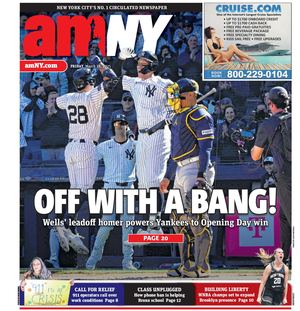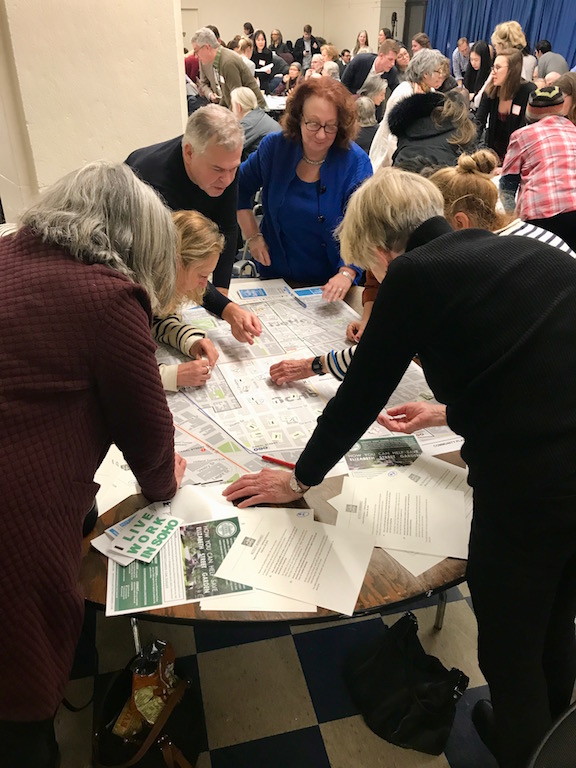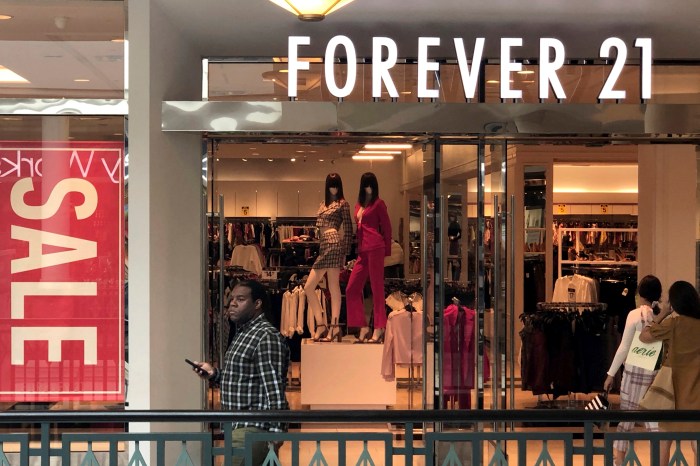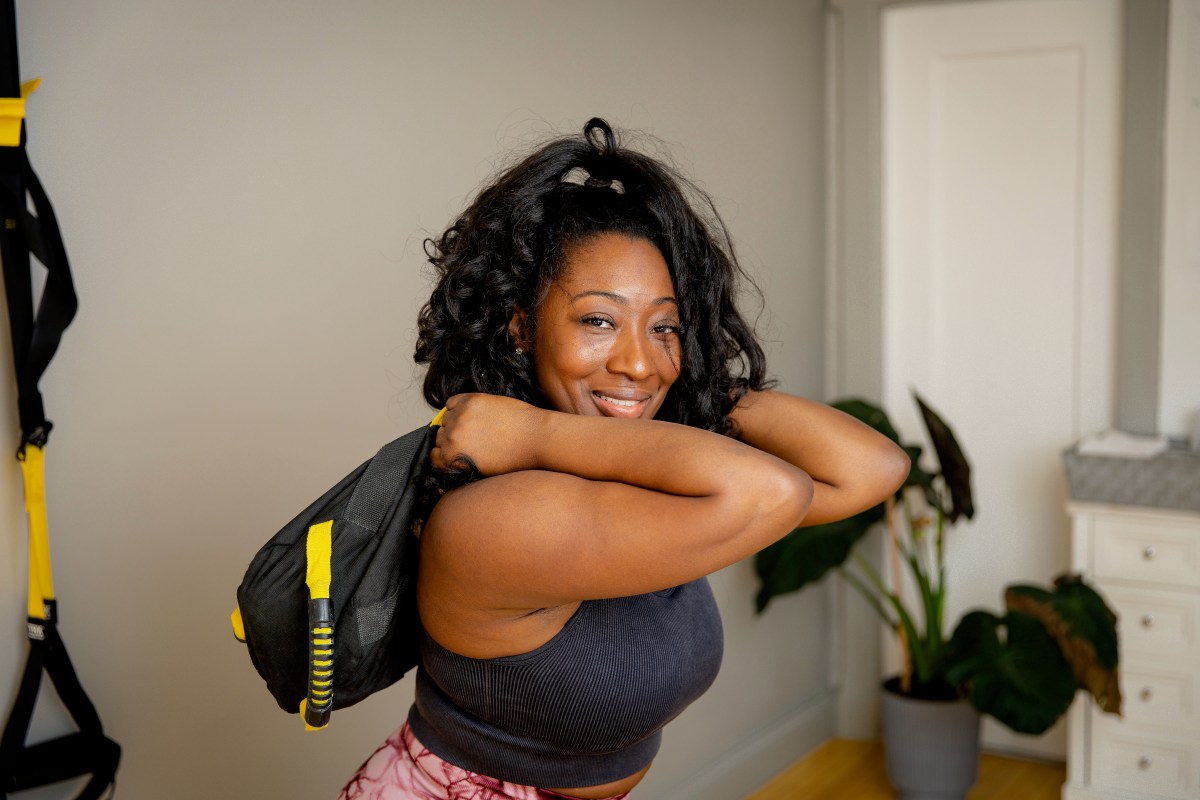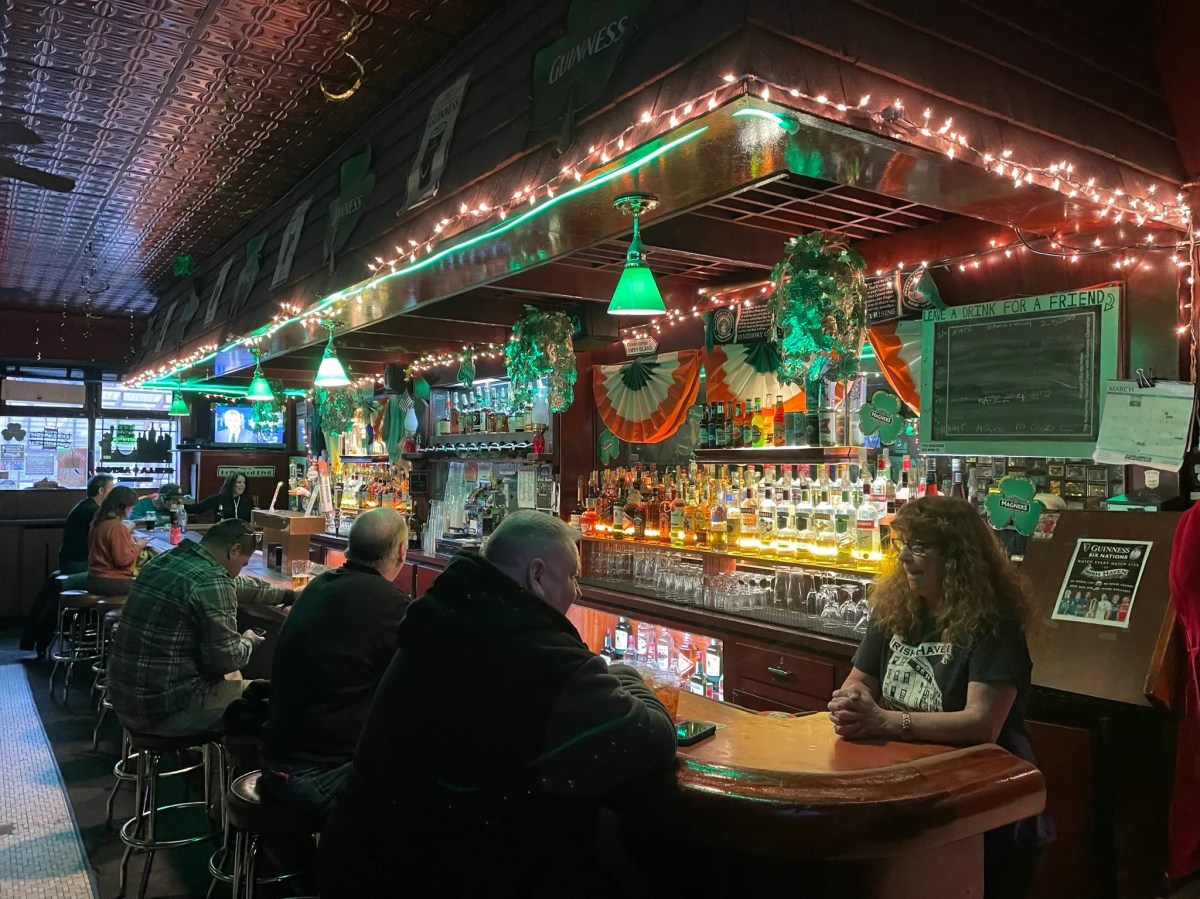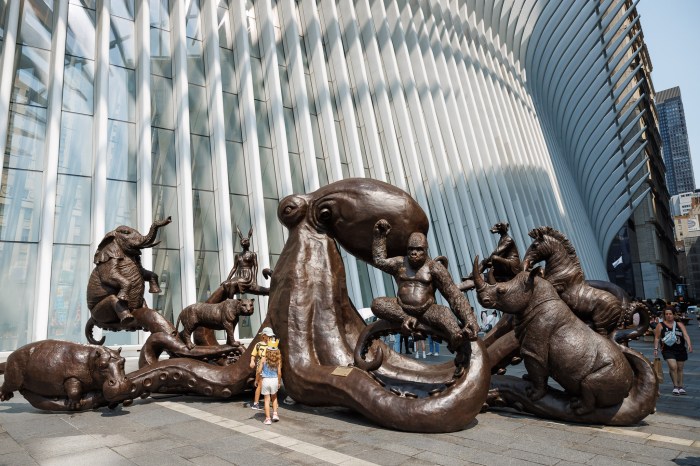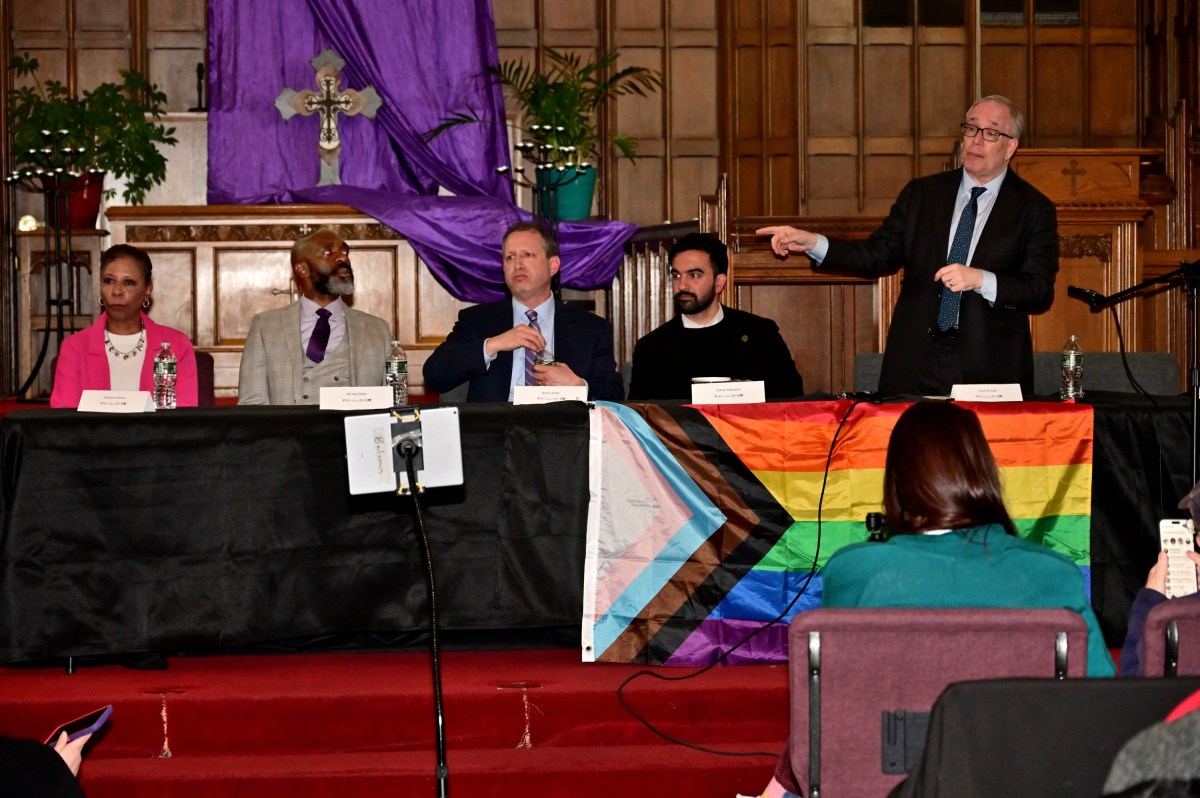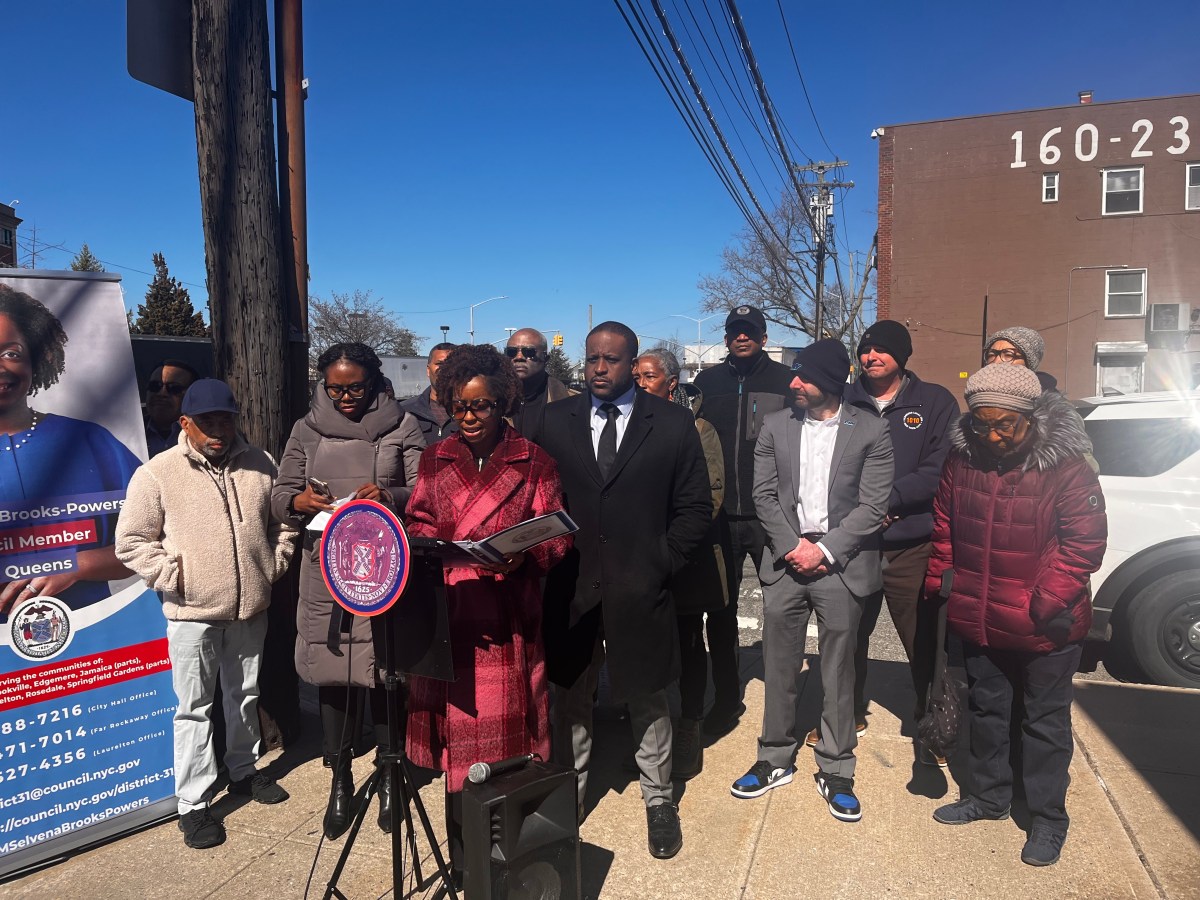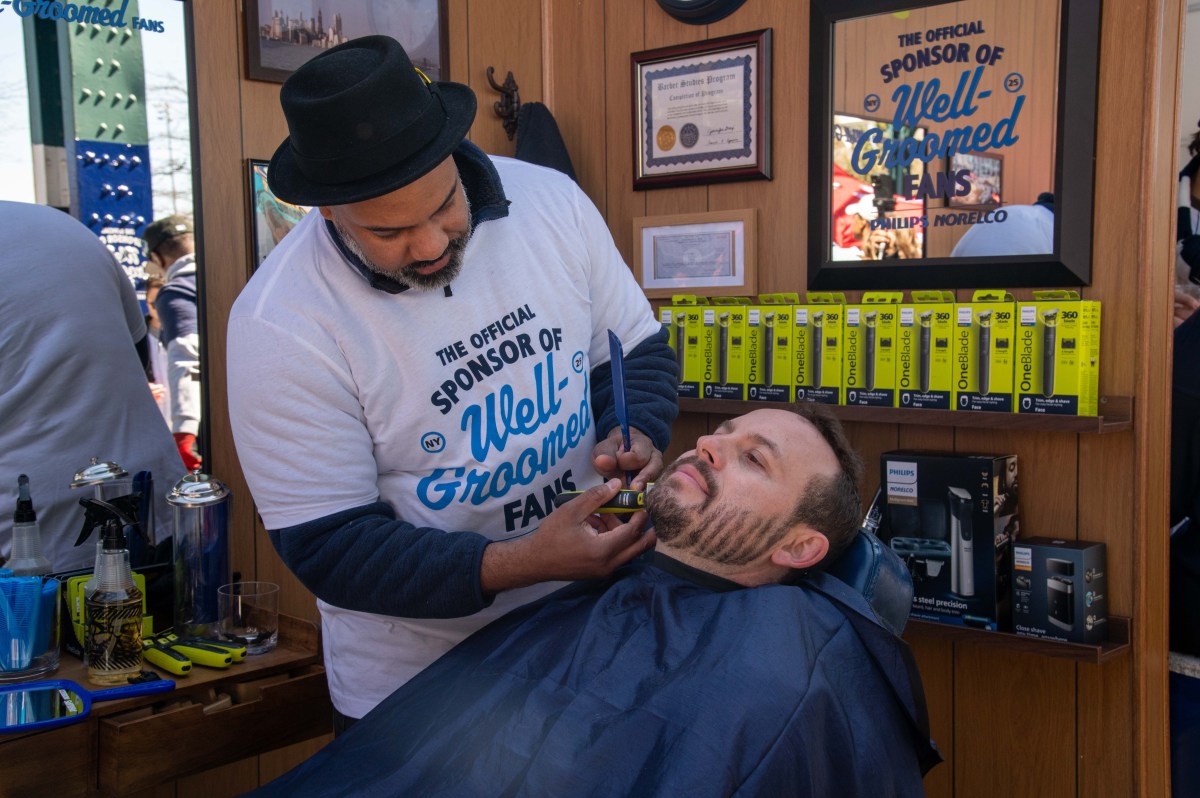BY GABE HERMAN | At the June 13 public presentation of preliminary recommendations in the Envision Soho Noho process, it was emphasized that the evaluation of zoning options was just beginning, and would continue throughout this year.
As the process continues, local groups and advocates are pushing their agendas, including on whether to legalize non-artist residency and enforcement of retail size limits in Soho.
One such group is the Fix Soho/Noho Coalition, comprised largely of landlords and several big property-owning firms in the city. One member of the group, Margaret Baisley, a Soho loft owner who has been a real estate lawyer in the neighborhood since the 1970s, recently told this paper she and the coalition were concerned that a pathway for non-artists to live in Soho was not laid out at the presentation.
Fix Soho/Noho believes more than 95 percent of current Soho residents, in fact, are not artists. Baisley noted that the issue of non-artist residency was raised at every meeting, including public ones and advisory meetings with local groups and officials.
“The vast majority of people who live here want to be able to live here legally,” she said.
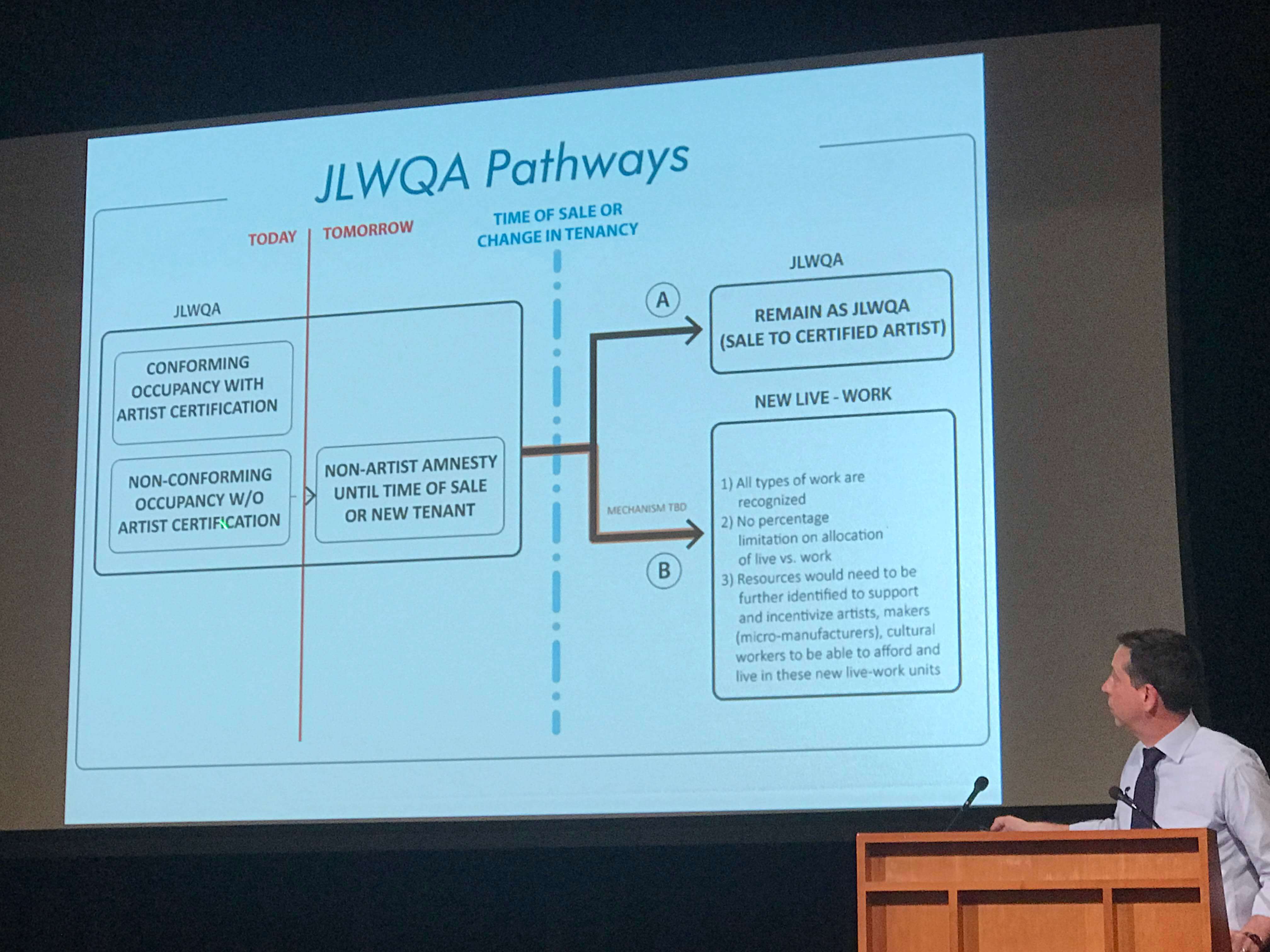
The preliminary recommendations only included temporary amnesty for current non-artists in Soho, which Baisley said doesn’t make sense.
“I think, frankly, that would kill the community in Soho as we know it,” she said. “There aren’t enough artists to buy or rent these spaces.”
In addition to retaining the current spirit of the neighborhood, she said, “we need a broad mix of people to keep the community going economically.”
Baisley, who lives in Brooklyn, pointed to recent construction and maintenance work done on her building, and was skeptical any artists could write checks for the high costs that it required.
“We can’t turn the clock back,” she said. “I know it’s romantic to talk about the 1980s when there were galleries everywhere, and many artists everywhere, but that’s simply not the case now.”
Baisley supports grandfathering in the neighborhood’s current artists.
“No one wants to throw artists out,” she said. “They deserve protections and they should have them.”
But Baisley added that other residents, who are now the majority in the district, should also have protections.
“We’re the ones who keep this place going economically, and we’re the ones who should receive some recognition from the advisory committee,” she stressed.
She further argued that zoning based on peoples’ occupations is discriminatory. What’s more, she said, there should be a referendum on legal occupancy, because the majority of residents had not been heard in the process so far, just a loud minority.
Baisley also opposes restricting retail stores to 10,000 square feet, which the preliminary recommendations outlined, albeit with some room for exceptions.
“Because this is a mixed-use district,” she said, “we need many kinds of retail, not just small retail.”
She agreed that there should be better regulations for issues like noise, late-night deliveries and garbage pickups. But on the retail issue, she said there are good, responsible retailers that are larger than 10,000 square feet, and that the taxes paid by retail help property owners to pay their “outrageous” taxes and to maintain their buildings.
“We’re not trying to change the neighborhood,” she said. “We want to maintain the neighborhood, sustain and improve the neighborhood. And I think there should be a broad mix of retail here.”
Baisley said there is still room for negotiation on these issues, and that the Fix Soho/Noho Coalition is continuing to meet with local politicians and officials and advocate for its views.
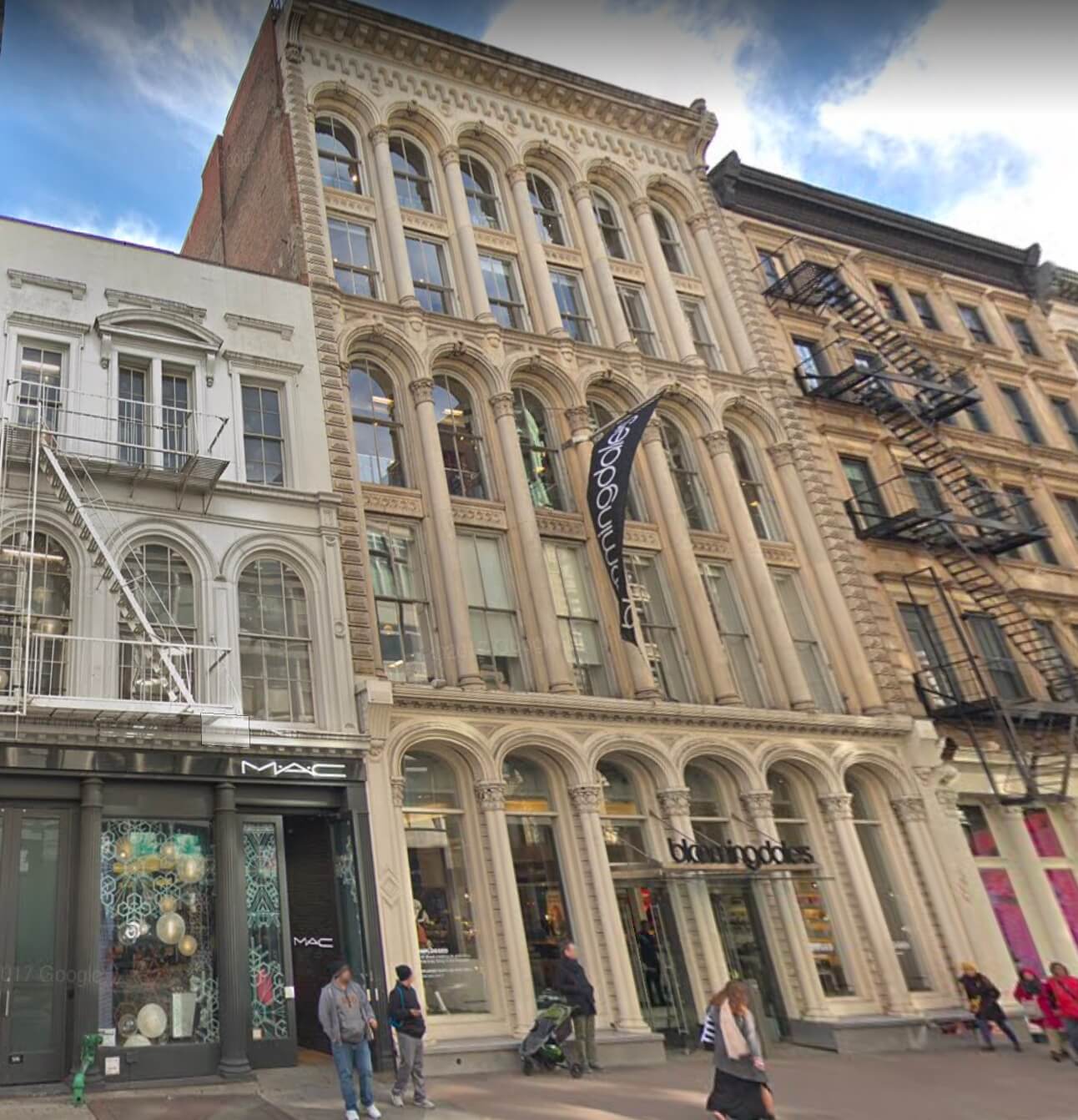
Meanwhile, Sean Sweeney, director of the Soho Alliance, which is part of the advisory group, said he was fine with non-artists living in the area.
“We just want the artists protected,” he said. “We don’t care if non-artists move in.”
Based on advisory meetings so far, Sweeney believes that non-artists, in fact, will be allowed to live legally in Soho. He wants the area to be kept as a manufacturing-zoned district, though, which would protect artists by not letting neighbors complain about noise or odor issues coming from artists doing their work.
“The best way to preserve artists and yet have non-artists move in, is to maintain the manufacturing zone, with its lower performance standards, and yet allow non-artists to move in. But they just can’t complain,” he said, referring to non-artist residents.
In short, the longtime Soho activist said he doesn’t want people to be legalized or move in and then turn around and complain and try to evict artists.
Sweeney also predicts the definition of “artist” in the city’s certification process will be broadened beyond just fine artists. It would then include “makers,” or “creative people,” and include Web designers, for example.
Sweeney said he’s O.K. with that, and with including others — like dress designers, architects and writers — and letting all other professions into Soho, but with a preference to creative people to keep the generally creative vibe of the area.
“We just want to have a creative feel to the neighborhood,” he said. “People still come here from Europe and they still think it’s kind of creative, and if it becomes doctors and lawyers and bankers, it’ll lose that. So we want to maintain that as a creative neighborhood, in which doctors and lawyers and dentists are allowed to live.”
Sweeney said he is also fine with the current retail zoning, but is willing to extend ground-floor retail in the entire neighborhood, since most retailers now just occupy the ground floor, and 95 percent of Soho stores are now retail.
“So we’re not going to turn the clock back,” he said. “Fine, so we’re giving them that concession.”
But if the ground-floor retail has 10,000 square feet, he said another 10,000 square feet should not be allowed on the second floor, as some are pushing for. At meetings, according to Sweeney, Real Estate Board of New York members said they wanted unlimited retail sizes. When asked if that even meant 100,000 square feet, the REBNY people nodded, according to Sweeney.
“I knew this was going to happen,” Sweeney said. “Once you start messing around with this, I said a can of worms is going to open up, and that’s what’s happening now.”
Sweeney said his group didn’t want any zoning changes at all.
“We were happy the way it is,” he said. “It’s very successful, it’s the second-highest retail neighborhood in the city.
“So we didn’t want this, but we’re willing to be realistic,” he said, referring to non-artist residency and ground-floor retail throughout Soho.
“But don’t get greedy,” he added. “They’re getting greedy.”
A report with recommendations will be put out by consultant Jonathan Martin in late August, according to Sweeney. It will then go for review to Community Board 2 in October. Zoning changes after that would likely go through the city’s Uniform Land Use Review Procedure, or ULURP.
Correction: The original version of this article incorrectly stated that Margaret Baisley has been a Soho resident since the 1970s. She is a Brooklyn resident.
